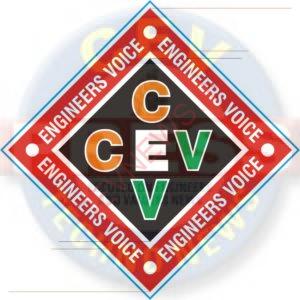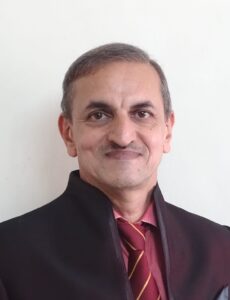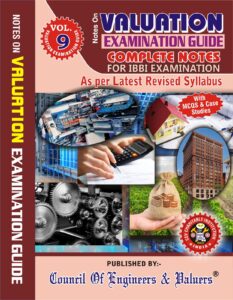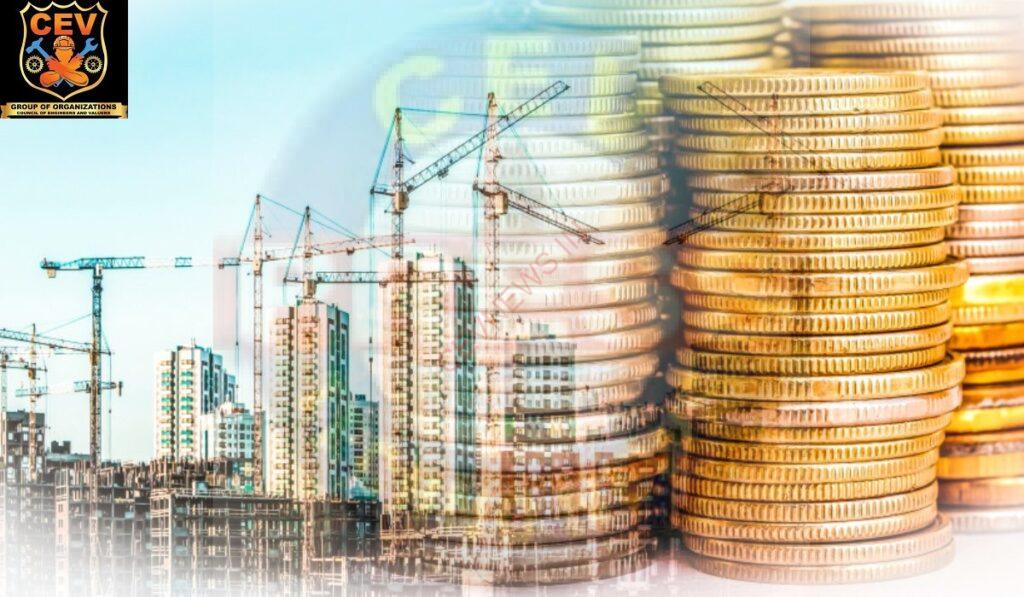Risky structures.
3 Dead, 59 Injured After Huge Billboard Falls During Mumbai Dust Storm
PRECAUTIONS FOR STRUCTURAL ENGINEERS BEFORE ISSUING THE STABILITY CERTIFICATE

In light of the recent collapse of a hoarding in Mumbai and the ensuing scrutiny on the structural consultant who issued a stability certificate for the structure, I wish to share my perspective.
Can I really certify the stability of any structure when:
1. I have not carried out the structural design of the said structure.
2. No architectural and structural drawings are available.
3. There is no information on whether the structure is designed according to codal provisions and for all loads, including earthquakes and wind.
4. It is unknown whether the reinforcement detailing is correct as per the codes.
5. Even if RCC drawings are available, it is uncertain whether the same steel has been used at the site.
6. There is no information about the substructure, including the type and depth of the foundation and the bearing capacity of the strata.
7. There is no information about tests carried out on raw materials and hardened concrete.
8. If test results are available, their reliability is questionable, including whether cube casting and testing were done as per all code requirements.
9. Hidden construction & design faults and defects, such as the correctness of column centers, plumbs of columns, honeycombing, hidden beams, shoe footings, floating columns, 6″ wide columns etc., are unknown.
10. It is uncertain whether the in situ strength of concrete meets the characteristic strength requirements.
11. There is no information on the original design assumptions versus actual site conditions, such as the thickness of flooring, waterproofing, and plaster, which indicate the verticality of columns and the entire building.
12. There is no information about the groundwater table and underground water streams.
With my 37 years of experience in auditing and testing thousands of structures across India, I am of the opinion that, if any of the above information is missing, then no one can certify the stability of any structure.
My main objection is to the four-line blanket unconditional format of the structural stability certificate which is asked/forced by government departments.
This is the format of issuing a Structural Stability for factories, as per the Factory Act –
FORM NO. 1A – (RULE 3A) – Certificate of Stability
“I certify that I have inspected the premises, the plans of which have been approved by the Chief Inspector in his letter No………………………..dated ………………… and examined the various parts including the foundations with special reference to the machinery, plant, etc., that have been installed. I am of the opinion that all the works of engineering construction in the premises is/are structurally sound and that its/their stability will not be endangered by its/their use as a factory/part of a factory for the manufacture of ………….. for which the machinery, plant, etc. installed are intended.”
Similar Stability Certificates are being asked by most of the Government departments across India.
We all including Government, clients and civil engineers are confusing the following terminologies
1) Structural Condition Survey
2) Structural Audit
3) Structural Stability certificate
4) Structural fitness report
5) Residual life assessment
Can a parent who has given birth to his child or a doctor who is observing from birth, certify the balanced life of a person?
Same way certifying stability or residual life is impossible, what we can give is a general fitness report of the present moment
Various Engineering and other structural and civil engineering associations need to take up this matter at the national level and should stop issuing a stability certificate for old structures but shall issue either a structural condition survey report (if NDT is not carried out) or a structural audit report (If NDT and preferably soil investigation is carried out) or structural fitness report (if NDT, soil investigation is carried out along with reverse analysis)
The wording should be a report and not a certificate.
An experienced senior Structural Engineer Er. V P Aggarwal from Delhi added “Very true. It is about time we structure consultants become more vigilant about issuing structure stability certificates just to please the owners or the Architect.”

Er. Ravi Ranade, Pune
Construction Diagnostic Centre Pvt Ltd. (CDC) is founded and headed by Er. Ravi Ranade, a Structural Auditor and professional Consultant, practicing since 1987 in the fields of Structural Design, Structural Condition Survey, Non-Destructive Testing, Material Testing, Concrete Technology, Earthquake Engineering, Repair & Rehabilitation, Quality Control as well as Quality Audit. He has designed, tested, audited and rehabilitated more than 20,000 structures all across India and abroad.
Mr. Ravi Ranade was appointed as a consultant by “The International Atomic Energy Agency”, Vienna, Austria for “Application of Radiation & other NDT techniques in Civil Engineering and Formulation of Training System for NDT”. He is one of their five internationally
appointed experts.
He is the proud recipient of the prestigious Sir Visweswarayya Centenary Award – 2000′, ‘The AESA 2017 Award’ for Conservation & Restoration of Nageshwar Temple, Pune, and “Jewels of MIT” award of MIT Engineering College, Pune Mr Ranade is a Panel member for the Revision of Indian Standards on Test Methods for Concrete (NDT), CED 2:2/P7.
He has carried out extensive research on NDT and Concrete Technology and has established a number of correlations, and correction factors for various NDT methods and concrete parameters. He is an ex-organizing Committee Member of ‘The Institution of Engineers’ and ‘Indian Society of Structural Engineers’, Pune Local Centre. He has also been a Jury/ committee member for various awards of various civil engineering organizations. Mr. Ranade is, at present, a Member of The Heritage Structure Committee of Satara-Wai-Panchgani Mahabaleshwar, a Member of The Heritage Structure Committee of Matheran & Ex-Heritage Structure Committee of Pune Cantonment Board.
Mr. Ranade has organized and acted as Organising Committee Member for various workshops, seminars, and lectures on a number of civil engineering subjects. He has addressed various seminars, and symposiums on NDT, Structural design, Earthquake engineering, Construction Practices as well as RMC, etc. He has published papers at national and international level on these topics.
Mr. Ranade has conducted large training programs and has trained more than 3000 Civil engineers, Structural engineers Architects, Contractors, Corporate Executives, and Govt. officers.



